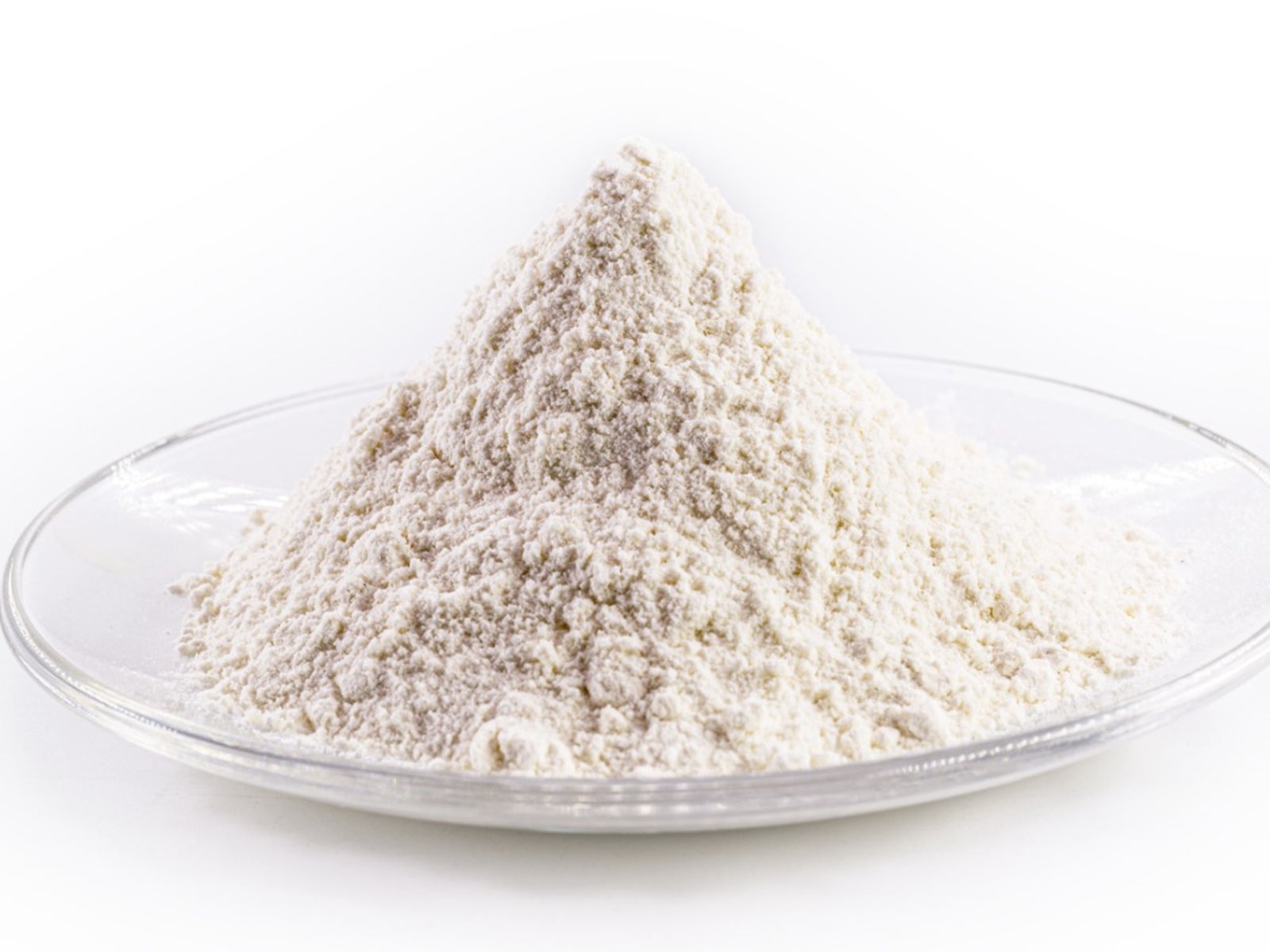Information On Chloride And Plant Growth


One of the most recent additions to the list of micronutrients is chloride. In plants, chloride has been shown to be an important element for growth and health. Though the condition is rare, the effects of too much or too little chloride on garden plants may mimic other, more common problems.
Effects of Chloride in Plants
Chloride in plants comes mostly from rainwater, sea spray, dust, and yes, air pollution. Fertilization and irrigation also contribute to chloride on garden soil. Chloride is easily dissolved in water and enters the plant through soil and air. It is essential to the chemical reaction that allows the opening and closing of the plant's stomata, tiny pores that allow gas and water to be exchanged between the plant and the air around it. Without this exchange, photosynthesis can't occur. Sufficient chloride on garden plants may inhibit fungal infections. Chloride deficiency symptoms include wilting due to restricted and highly branched root systems and leaf mottling. Chloride deficiency in members of the cabbage family is easily detected by the lack of cabbage odor, although research has yet to discover why. Too much chloride on garden plants, such as those grown by the poolside, will result in the same symptoms as salt damage: leaf margins may be scorched, leaves will be smaller and thicker, and overall plant growth may be reduced.
Chloride Soil Test
Adverse effects of chloride and plant growth are rare because the element is so readily available through a wide variety of sources and excesses are easily leached away. General analyses rarely contain a chloride soil test as part of the typical panel, but most laboratories can assay for chloride if requested.
Gardening tips, videos, info and more delivered right to your inbox!
Sign up for the Gardening Know How newsletter today and receive a free copy of our e-book "How to Grow Delicious Tomatoes".

Jackie Rhoades began writing for Gardening Know How in 2010.